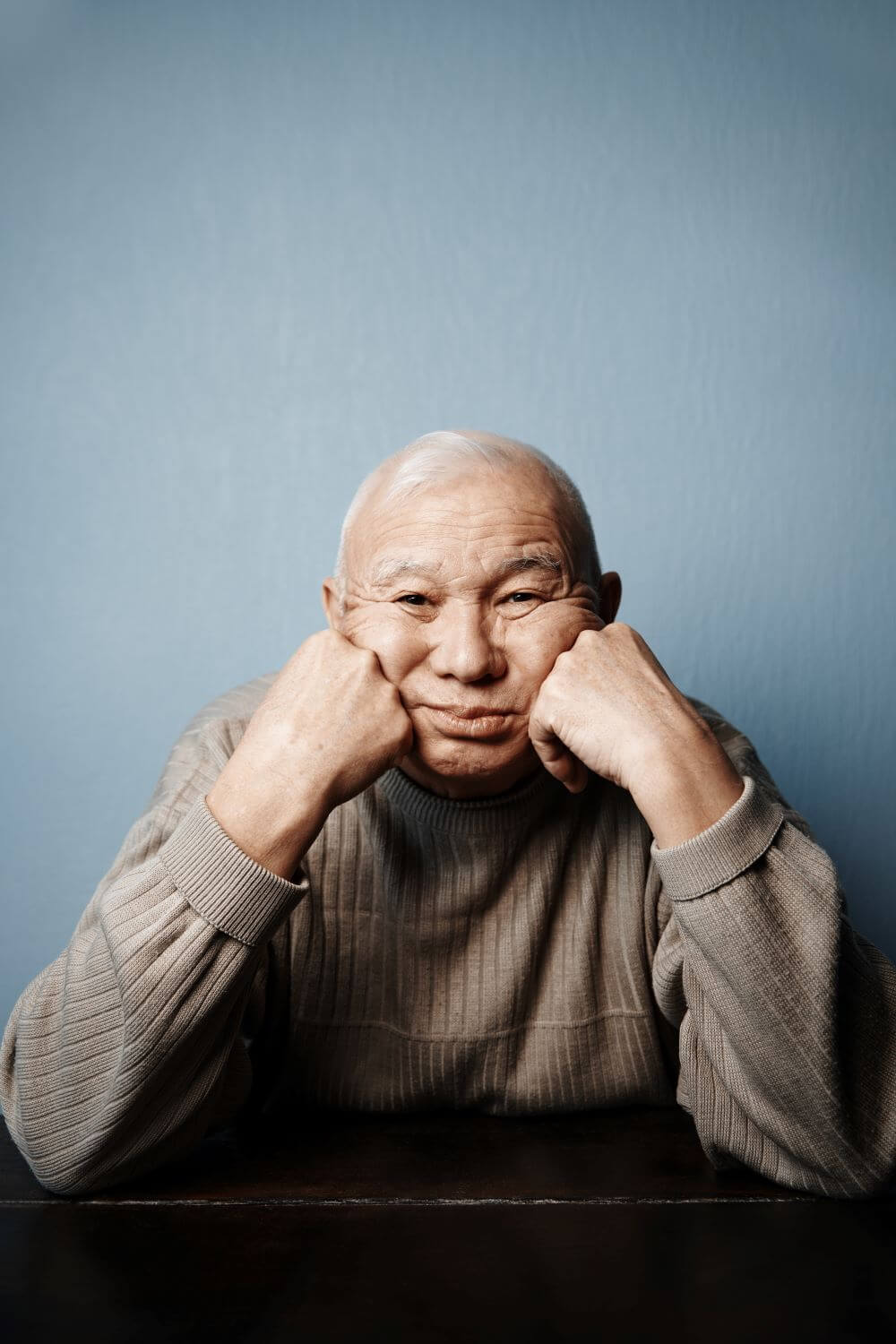Dementia is a condition that affects the brain and can make it hard for someone to remember things, think clearly, and even move around. As dementia progresses, changes in mobility can become a big challenge for both the person with dementia and their caregivers. Understanding these changes and knowing how to manage them can make a huge difference in maintaining safety and quality of life.

Understanding Mobility Changes in Dementia
Mobility refers to a person’s ability to move around, including walking, standing, and sitting. In dementia, several issues can affect mobility:
- Muscle Weakness: As dementia progresses, it can cause muscles to weaken, making it harder for a person to move around.
- Balance Problems: People with dementia often have trouble keeping their balance, leading to falls.
- Coordination Issues: Tasks that require coordination, like getting up from a chair, can become difficult.
- Changes in Walking Patterns: You might notice changes in how your loved one walks. They might shuffle their feet, walk more slowly, or have a hard time lifting their feet.

Stages of Mobility Changes
Mobility changes in dementia usually happen in stages. Here’s what you can expect:
Early Stage: In the early stage of dementia, you might notice slight unsteadiness or occasional stumbling. Your loved one might seem a bit clumsy but can still move around fairly well.
- Example: Mary, who has early-stage dementia, sometimes loses her balance when walking, especially on uneven surfaces. To help her, her daughter installed handrails in the hallway and made sure there were no loose rugs around the house.
Middle Stage: As dementia progresses to the middle stage, walking and moving around become more challenging. Your loved one might need help from mobility aids like canes or walkers.
- Example: John started using a walker after he had several falls. His caregiver makes sure the walker is always within reach and encourages him to use it whenever he moves around the house.
Late Stage: In the late stage, severe mobility limitations often mean that your loved one might need to use a wheelchair. They may require a lot of help with even the simplest movements.
- Example: Sarah, who is in the late stage of dementia, can no longer walk and uses a wheelchair. Her caregivers assist her with transferring from the bed to the wheelchair and make sure she is comfortable and safe.
Learn more about navigating the different stages of dementia HERE.

Preventing Mobility Decline in Dementia Patients
One very important thing to remember when caring for someone with dementia is that the less they move around, the harder it becomes for them to move. They can lose their strength very quickly. The old saying “if you don’t use it, you lose it” is very true for those with dementia.
The Importance of Movement
Staying active is crucial for everyone, but it’s especially important for people with dementia. Regular movement helps maintain muscle strength, balance, and overall mobility. Without it, muscles can weaken quickly, making it much harder for someone to get around.
Real-Life Example: Frank’s Story
Take the story of Frank, for instance. Frank was in the mid to late stages of dementia but was still able to walk around his home with some assistance. Unfortunately, he developed pneumonia and had to be hospitalized. During his hospital stay, a catheter was inserted, and he wasn’t encouraged to get out of bed for four days.
When the hospital staff decided to discharge Frank on the fifth day, they discovered that he had lost a significant amount of strength in his legs. He could no longer walk on his own. This sudden decline meant that his wife, who had been his primary caregiver, could no longer care for him at home by herself. As a result, Frank had to be moved to a nursing home, which was a heartbreaking change for both him and his family.
Preventing Strength Loss
Frank’s story highlights a critical point: regular movement is essential for maintaining strength. Here are some tips to help keep your loved one with dementia moving:
- Encourage Daily Activity: Integrate movement into daily routines. Simple tasks like walking to the kitchen, getting dressed, or gardening can make a big difference.
- Set Reminders for Movement: Set alarms or reminders to encourage short walks or stretches throughout the day. Even a few minutes of activity every hour can help.
- Use Mobility Aids: If your loved one has trouble walking, consider using canes, walkers, or other mobility aids to support them.
- Incorporate Gentle Exercises: Gentle exercises, like seated leg lifts, standing marches, or simple yoga stretches, can help maintain muscle strength without putting too much strain on the body.
- Seek Professional Help: Physical therapists can provide personalized exercise plans that are safe and effective for people with dementia.

The Role of Caregivers
As a caregiver, your encouragement and support can motivate your loved one to stay active. Here are a few ways to help:
- Be Patient and Positive: Encourage movement with a positive attitude. Celebrate small victories and be patient with any setbacks. Learn more about dementia patience HERE.
- Create a Safe Environment: Ensure the living space is free of obstacles and hazards that could cause falls. Install grab bars and handrails where needed.
- Engage in Activities Together: Participating in activities with your loved one can make exercise more enjoyable and less daunting. This can be as simple as taking a walk together or dancing to their favorite music.

Safety Concerns and Precautions
Falls are a major concern when it comes to mobility changes in dementia. Here are some tips to help prevent falls and ensure safety:
- Fall Risks: Common causes of falls include muscle weakness, poor balance, and obstacles in the home. Keep pathways clear and ensure good lighting throughout the house. Learn more about Fall Prevention HERE.
- Home Modifications: Simple changes can make a big difference. Install grab bars and handrails in key areas like the bathroom and stairs. Use non-slip mats in the shower and remove tripping hazards like loose rugs.
- Supervision and Assistance: Always keep an eye on your loved one, especially when they are moving around. Assistive devices, like walkers and wheelchairs, should be used properly to avoid accidents.

Promoting Mobility and Independence
Even though mobility changes are challenging, there are ways to help your loved one stay active and as independent as possible:
- Exercise and Physical Therapy: Gentle exercises can help strengthen muscles and improve balance. Consider working with a physical therapist who can tailor exercises to your loved one’s needs.
- Example: James attends physical therapy thrice weekly for flexibility and strengthening. Physical therapy can continue to work with him as long as he can follow directions.
- Daily Routines and Activities: Encourage your loved one to participate in daily tasks, even if it takes a bit longer. Adapting activities to fit their mobility level can help them feel more independent and help them maintain their mobility.
- Example: Maria loves to help with cooking. Her caregiver sets up a chair in the kitchen so she can sit while chopping vegetables, making it easier for her to stay involved.
- Encouraging Social Interaction: Social activities that involve movement can be both fun and beneficial. Group activities, like dancing or gentle yoga, can promote movement and socialization.
- Example: Tom’s local community center offers a dance class for people with dementia. He enjoys the music and the chance to move around with others.

Emotional and Psychological Impact
Mobility changes can be frustrating and upsetting for someone with dementia. It’s important to support their emotional well-being:
- Feelings of Frustration and Anxiety: Mobility changes can affect a person’s self-esteem and make them feel anxious or depressed. Be patient and offer reassurance.
- Example: When Helen gets frustrated because she can’t walk as easily as she used to, her caregiver gently reminds her of the progress she’s made and celebrates small victories.
- Patience and Empathy: Showing empathy and understanding can make a big difference. Listen to their concerns and provide emotional support.
- Example: Mark always takes time to listen to his wife, Susan, when she expresses her fears about falling. He reassures her and finds ways to make her feel safer.
Conclusion
Understanding and managing changes in mobility can be challenging, but with the right approach, you can help your loved one stay safe and maintain their quality of life. Maintaining mobility is essential for individuals with dementia to preserve their strength and independence. The story of Frank serves as a powerful reminder of how quickly strength can be lost when someone stops moving. By encouraging regular activity and providing the necessary support, caregivers can help their loved ones stay active and maintain their quality of life. Remember to seek professional advice and support when needed, and always approach these changes with patience and empathy. A little movement each day can go a long way in keeping those with dementia strong and mobile.








